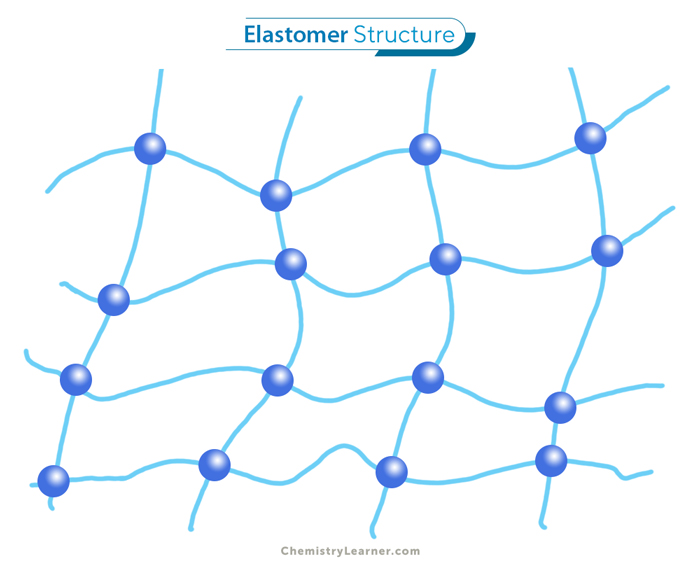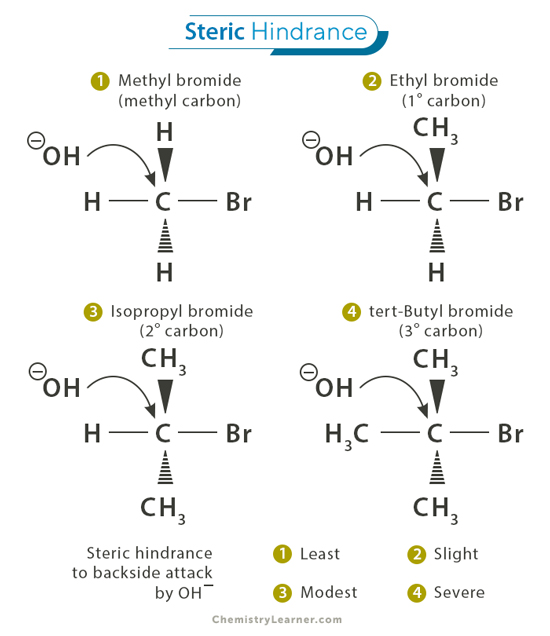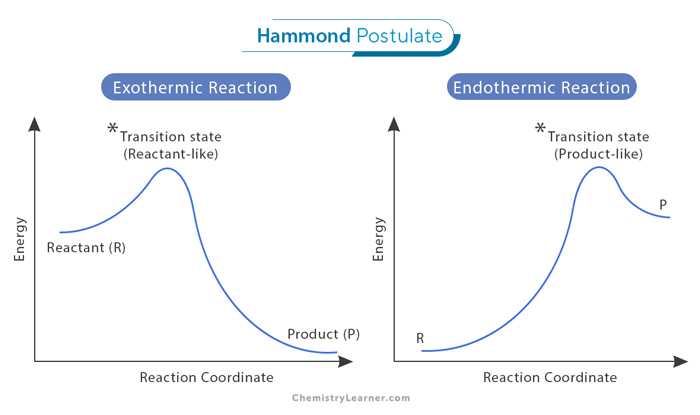Amifostine
Amifostine is a cytoprotective drug which is used for minimizing the side effects of radiation treatment as well as certain chemotherapic agents. The drug is also referred to as an antineoplastic adjunct and a chemoprotectant.
Amifostine Identification
CAS Number: 20537-88-6
PubChem Compound ID: CID 2141
PubChem Substance ID: 46505305
ChemSpider Reference Number: 2056
ChEBI: CHEBI:2636
PharmGKB: PA448365
ATC code: V03AF05
DrugBank: APRD00021
KEGG Compound ID: C06819
UNII: M487QF2F4V
ChEMBL: CHEMBL1006
Drug Product Database: 2218054
InChI Identifier: InChI=1S/C5H15N2O3PS/c6-2-1-3-7-4-5-12-11(8,9)10/h7H,1-6H2,(H2,8,9,10)
InChIKey: InChIKey=JKOQGQFVAUAYPM-UHFFFAOYSA-N
Amifostine IUPAC Name
The IUPAC Name for Amifostine is
({2-[(3-aminopropyl)amino]ethyl}sulfanyl)phosphonic acid.
Amifostine Chemical Formula
The chemical formula for Amifostine is C5H15N2O3PS.
Amifostine Properties
Molar Mass
The molar mass of Amifostine is 214.224 g/mol.
Monoisotopic Mass
The monoisotopic mass of Amifostine is 214.054099558 u (unified atomic mass units).
Half-life
This drug has a half-life of 8 minutes.
Amifostine Uses
Amifostine is used to reduce the symptoms of neutropenia-related infection and fever caused by DNA-binding chemotherapeutic agents such as platinum-containing agents like cisplatin and alkylating agents like cyclophosphamide.
This drug is used to minimize the cumulative nephrotoxicity caused by platinum-containing agents.
Amifostine is prescribed for women having advanced ovarian cancer and receiving frequent doses of cisplatin. In these cases, amifostine helps to minimize the harmful side effects of chemotherapy.
Amifostine is also administered to patients undergoing radiation treatment for head and neck cancer to relieve the symptoms of xerostomia or dryness of mouth.
How the Amifostine drug is administered
Amifostine can be described as an organic thiophosphate prodrug. It goes through hydrolysis inside the body by alkaline phosphatase to produce WR-1065, an active cytoprotective thiol metabolite. The higher pH, high activity of alkaline phosphatase as well as the tendency of normal tissues going through vascular permeation are believed to be the causes behind non-malignant tissues being selectively protected.
Amifostine is given intravenously almost half an hour before the beginning of radiation therapy or chemotherapy.
Before the administration of Amifostine, the patient should drink plenty of water and fluids. Patients receive this drug either facing up or lying down. The patient’s blood pressure is frequently monitored during the entire procedure.
Along with Amifostine, anti-nausea drug may also be administered to the patient.
The amount or dosage of Amifostine received by the patient depends on several factors such as the height and weight of the patient, the general health profile as well as the health condition that is being treated.
Amifostine Working Principle
Amifostine is administered with some types of chemotherapy. Its main aim is to reduce the side effects of chemotherapy and provide protection to the body. Amifostine do not eliminate the side effects completely but provide protection from some potentially dangerous side effects. Since this drug also has some side effects of its own, it is used sparingly and only in cases where the health benefits are greater than the side effects.
Inside the body, Amifostine is broken down into some other chemicals which act on the harmful constituents of chemotherapy drugs. The drug also acts as a scavenger and binds with potentially harmful components called free radicals that are produced by tissues exposed to cisplatin.
Amifostine also has certain other effects on the body which includes the triggering of cellular hypoxia, prevention of apoptosis, acceleration of DNA repair, modifying enzyme activity and altering genetic expression.
Amifostine Side Effects
There are certain general side effects of the Amifostine drug. These include:
- Hypocalcemia
- Flushing (feeling of warmth)
- Nausea
- Diarrhea
- Vomiting
- Chills
- Sneezing
- Lightheadedness or dizziness
- Somnolence
- Fever
- Hiccoughs
Amifostine can also cause some serious side effects. These are
- Shortness of breath
- Hypotension
- Hives
- Skin rash
- Stevens-Johnson syndrome
- Erythema multiforme
- Toxic epidermal necrolysis
- Anaphylaxis
- Erythroderma
- Immune hypersensitivity syndrome
- Loss of consciousness
- Seizures
- Fainting
- Chest tightness
- Swelling of the throat
Some important points regarding the side effects of Amifostine
Here are some important facts about the side effects caused by Amifostine:
- Majority of the people do not suffer from all the side effects that are listed here.
- The duration and intensity of the side effects are often predictable.
- The side effects of Amifostine are reversible in most cases and will heal completely after completion of treatment.
- There are many ways to prevent or minimize the side effects.
- There are no direct correlations between the intensity of the side effects and medical effectiveness of Amifostine.
Amifostine Contraindications
Hypersensitivity to Amifostine as well as aminothiol compounds such as WR-1065 are considered to be contraindicative symptoms against Amifostine.
Amifostine Marketing
Amifostine is marketed by the pharmaceutical company MedImmune under the name Ethyol.
- References
- http://www.chemocare.com/bio/amifostine.asp
- http://www.nlm.nih.gov/medlineplus/druginfo/meds/a696014.html
- http://www.drugbank.ca/drugs/DB01143
- http://en.wikipedia.org/wiki/Amifostine





